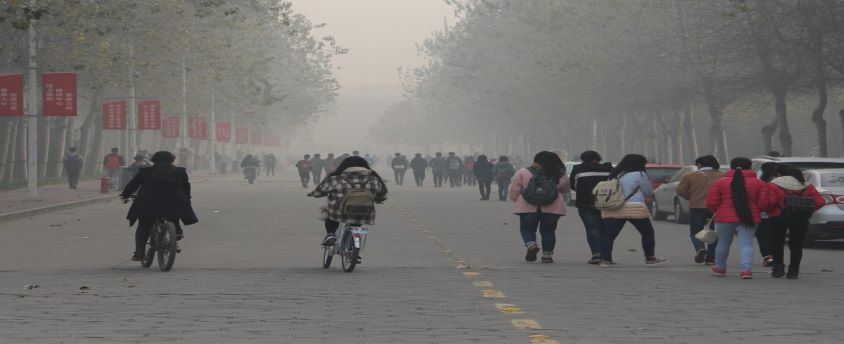Contribution of Industrial aerosols to Global Cooling
16, Feb 2023

Prelims level : Pollution & Waste Management
Mains level : GS-III - Conservation, environmental pollution and degradation, environmental impact assessment.
Why in News?
- A new study found that inactive volcanoes contributed 66 percent of preindustrial era sulphate emissions, which are known to have a cooling effect on the planet.
What is the Significance?
- This suggests that there are more inactive or non-eruptive volcanoes emitting sulphates than previously estimated, potentially leading to inaccuracies in future climate projections
Key findings of the study:
- By studying the ice core layers, the team calculated the levels of sulphate aerosols between 1200 and 1850. Their analysis showed inactive volcanoes release up to three times the rate of sulphate emissions than previously believed.
- Climate models do not consider hydrogen sulphide, which escapes from inactive volcanoes. These gases react with oxygen to produce sulphur dioxide within three days, forming sulphate aerosols.
- Sulphur dioxide, released from natural as well as anthropogenic sources, reacts with water vapour and other gases in the atmosphere to create sulphate aerosols. They can cool the planet by reflecting sunlight into space. They also form clouds, which also tend to have a cooling effect.
- It argues that underestimating emissions from the preindustrial era leads to overestimating the cooling effect of aerosols seen by global models.
- It is estimated that anthropogenic aerosols have nullified 60 percent of human-induced warming in the Arctic, which is warming at a rate almost four times higher than the global rate.
About aerosols:
- Aerosol is a system of liquid or solid particles uniformly distributed in a finely divided state through a gas, usually air.
- Aerosol particles, such as dust, play an important role in the precipitation process, providing the nuclei upon which condensation and freezing take place.
They affect climate by reflecting or absorbing incoming solar radiation and enhancing the brightness, and thus reflectivity, of clouds. They also participate in chemical processes and influence the electrical properties of the atmosphere.






